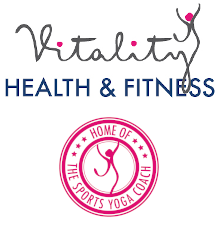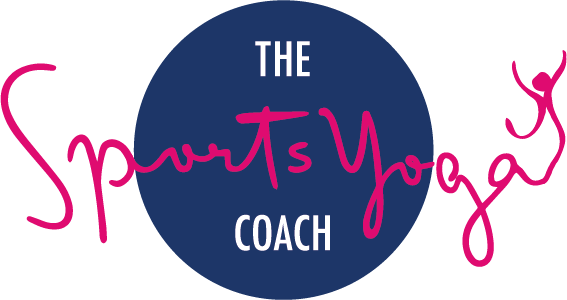

ITS SPORT SPECIFIC
Sports Yoga incorporates whole-body flexibility, functional movement and core training for people who regularly participate in sport.

ITS EFFECTIVE
Sports Yoga aims to improve joint mechanics and reduce the risk of injury, aid faster recovery and increase muscular efficiency.

ITS WELL STRUCTUREd
Every Sports Yoga session will incorporate spinal articulation, a warm up, functional standing poses, stability and flexibility based on the athletes requirements.
It incorporates whole-body flexibility, functional movement and core training for people who regularly participate in sport.
Sports Yoga aims to improve joint mechanics and reduce the risk of injury, aid faster recovery and increase muscular efficiency.
Every Sports Yoga session will incorporate spinal articulation, a warm up, functional standing poses, stability and flexibility based on the athletes requirements.
Helena is a Yoga Alliance Professionals Specialist Yoga Teacher and has been working with a GB Age group Triathlete for the past 6 months to improve his flexibility, stability and posture and ensure he has remained injury free. Helena currently teaches Sport Yoga every Thursday evening to the members of EVO Triathlon Club.
Benefits of Sport Yoga for Runners, Cyclists and Triathletes
Stretching:
Stretching:
By stretching muscles that have become short and balancing the two sides of the body, Triathletes can improve joint mechanics and reduce their risk of injury. The competition level of a triathlon is so intense that there is very little of the body that is spared. Triathletes can be prone to injury due to poor mechanics, chronic over-use and over-shortening by allowing muscles to shorten endlessly. Short tight muscles are more at risk of tearing.
Flexibility:
Flexibility
Supple joints move better. Good flexible muscles use less oxygen when making movement compared with tight, glued muscle tissue. Put simply, efficiency increases. Hip flexors, hamstrings, calves and hip rotators must be stretched out after long endurance triathlon training.
Core:
Core:
A strong core is critical for all 3 disciplines in a triathlon. Hips must stay in neutral alignment whether swimming, cycling or running and that requires proper strengthening of his abdominals and glutes. During swimming, the core muscles will help hold a streamlined torso in front crawl. In cycling, having a stronger core will allow the transference of more power through the legs, as well as reducing the instance of injury and improving posture. During running the core needs to keep hips in neutral alignment so they do not sway side to side and cause the pelvis to tip forward which can lead to imbalance injuries.
Recovery:
Recovery:
The multi-plane, multidirectional movement of yoga, plus the mobility and stretching, will help the triathlete recover faster after a gruelling training session or a challenging event. It will allow him/her to flush out the build-up of metabolic waste, pump fresh blood through, untether tissues that have become stuck down and tight and re-set the resting length of his/her muscles. The triathlete will hopefully feel less fatigued and ready to train again the day after a yoga session.
Functional PatTerning:
Functional patterning:
The aim of functional patterning is to bring the body back to good mechanics – which require both strength and appropriate flexibility. After a gruelling swim and cycle, a triathlete still needs to be able to stand tall without the lower back collapsing into swayback. Good ankle, knee, hip alignment and hip stability are needed at every stride through the final running portion of a triathlon event. The standing poses in yoga will help the triathlete to learn and practice good functional movement patterning. The longer stretches will slowly restore flexibility, allowing the body to move more effectively.
Breathing:
Breathing:
It is vital to be able to breathe effectively throughout all three disciplines. Yoga increases lung capacity (there is a lot of breathing in a yoga class!) and this will help the athlete to breathe diaphragmatically instead of always chest breathing. Yoga will help with breath awareness and the ability to control and train breathing.
Mental Focus
Mental Focus:
Yoga includes mindfulness – which means being present, not being distracted by intrusive thoughts. That head space gives clarity and the ability to focus on what is happening now without becoming reactive, tense, angry, dispirited. This will be a massive help to the triathlete who has to dedicate so much time to training whilst also maintaining a full time job!
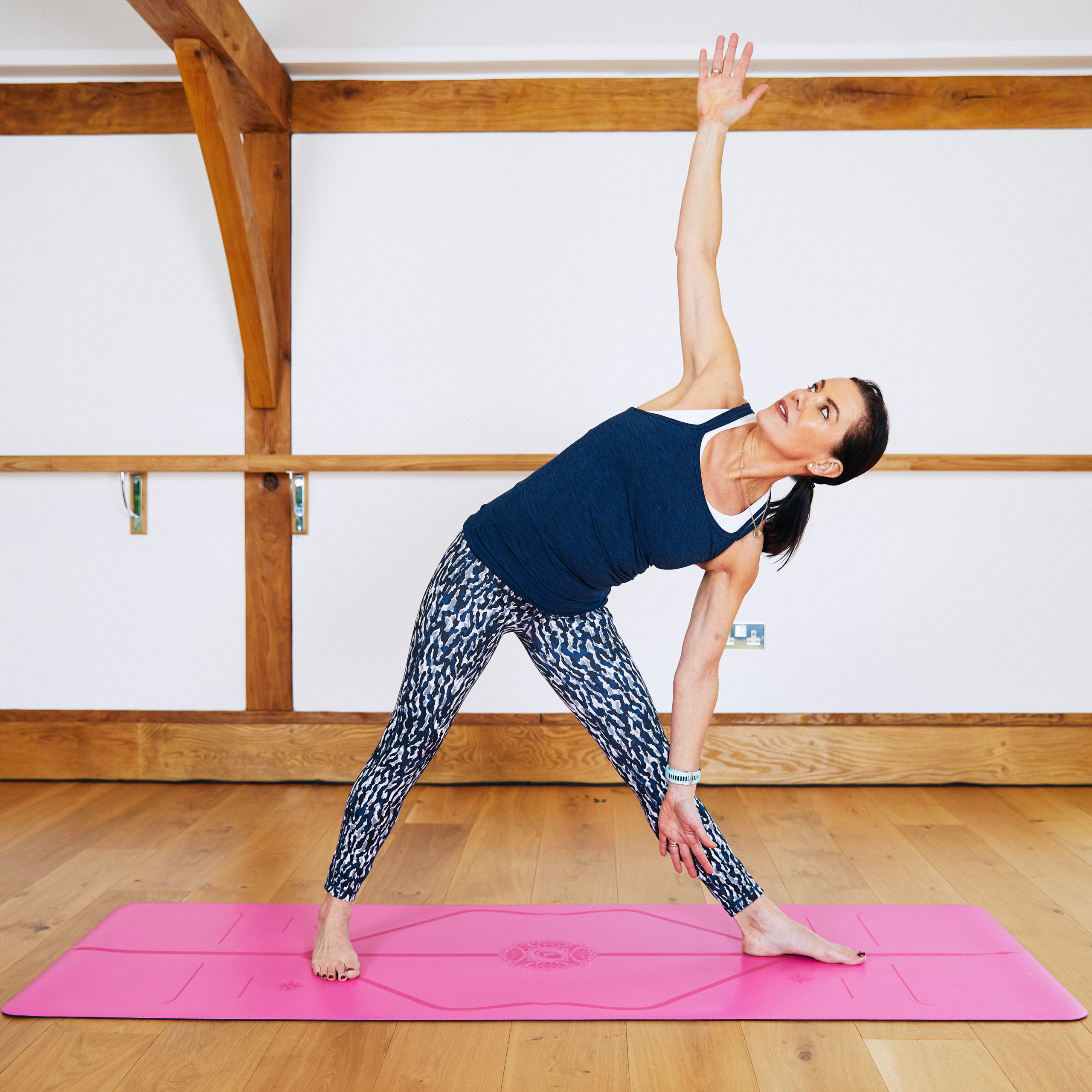
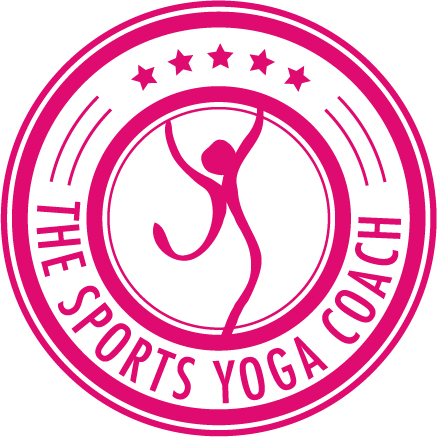
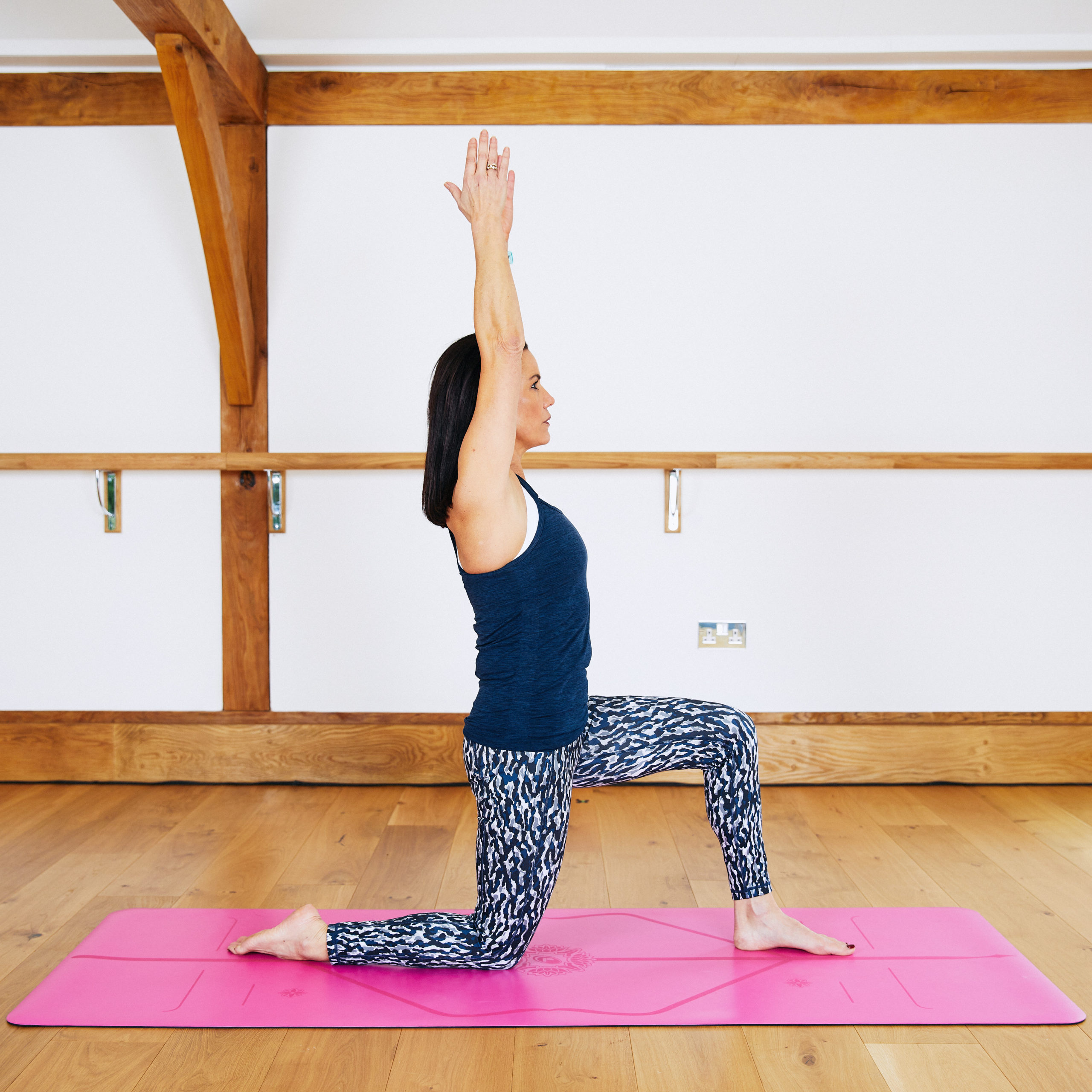





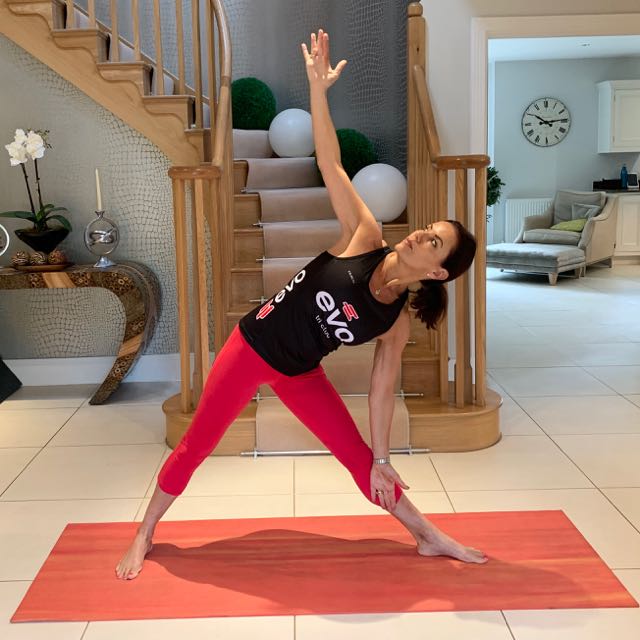







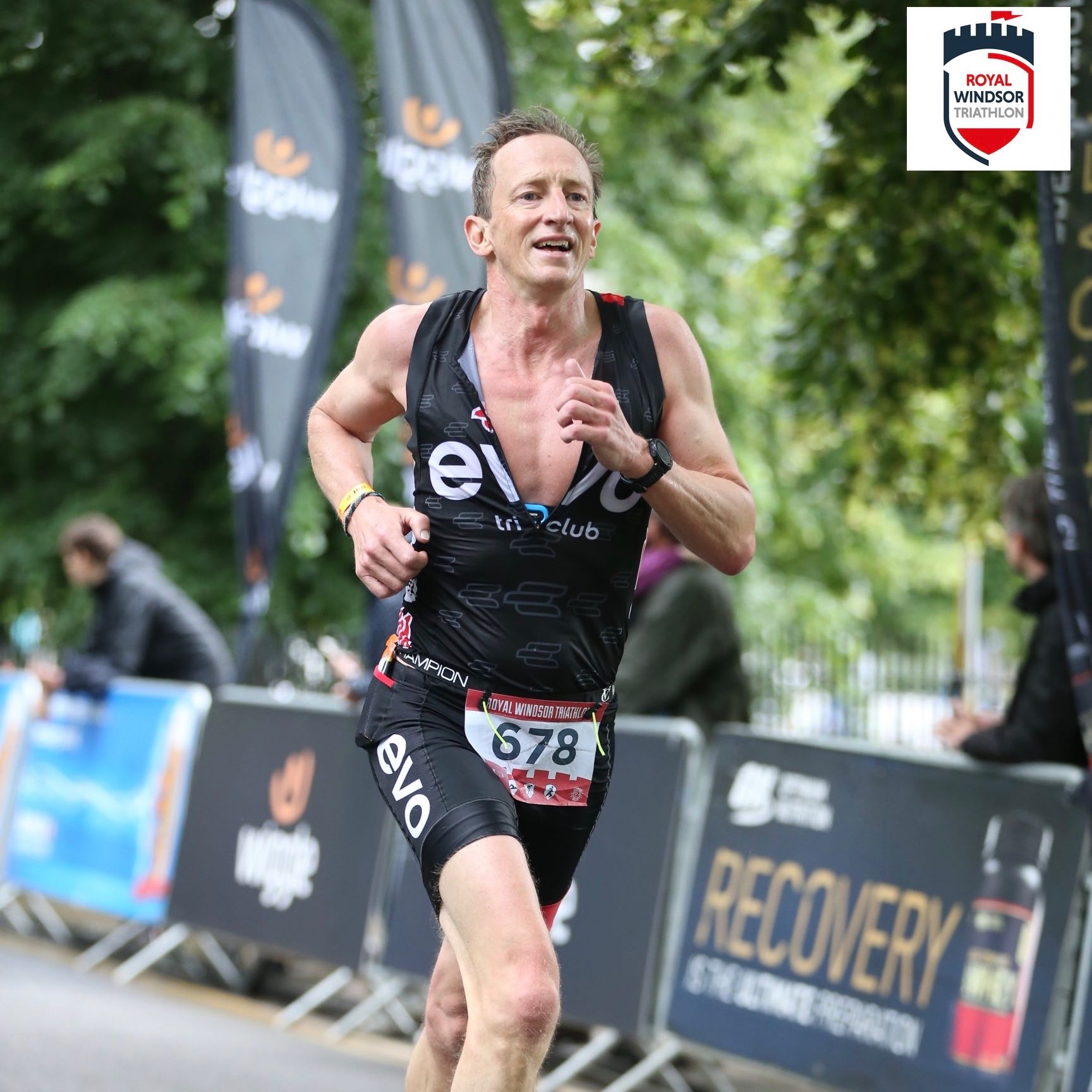

What our clients are saying…
fitness
yoga
- Sports Yoga
- Power Yoga
- Yoga Trapeze
wellness
- Sports Massage
- Functional Fitness Yoga
other
© 2024 Vitality Health & Fitness. All Rights Reserved





